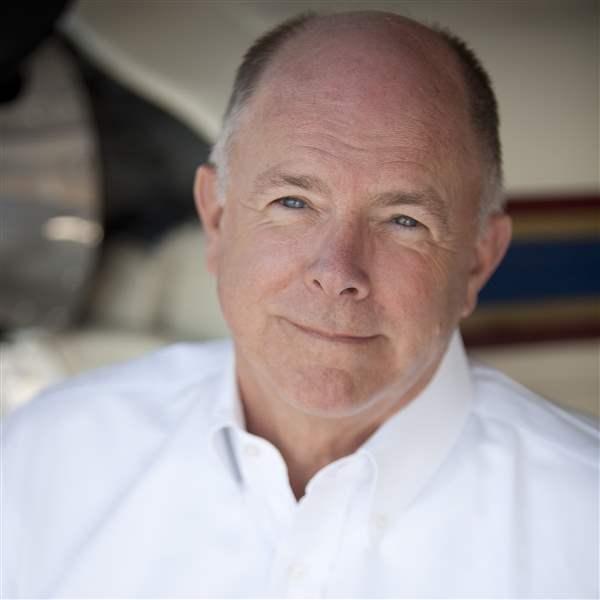Pilot shortage blowback?
Close calls and runway incursions on the increase

When passengers board an airplane—any type of airplane—it’s with a large, unspoken measure of trust.
Think of the times you’ve taken passengers on a flight. Did your passengers ever ask to see your pilot certificate? If your experience is anything like mine, the answer is no. Because they inherently trust you. This trust is sacred.
Let’s look at what’s happening out there. An airliner sets up to land on a taxiway. Another flies an approach to a runway with another airplane in position-and-hold status. The arriving airplane is on short final, and on the video sound track you can hear the tower controller repeatedly shouting, “Go around. Go around.” In the moments before a collision’s imminence, the arriving pilot finally powers up and climbs out. There’s more. An airliner takes off with a runway inspection vehicle on the runway, another lands so hard that a passenger suffers a compression fracture of a vertebra. Another aircraft has a tail strike on landing, prompting a go-around. Then there are wing strikes while taxiing near other airplanes.
An airliner sets up to land on a taxiway. Another flies an approach to a runway with another airplane in position-and-hold status.Incidents like these have always happened and have involved general aviation aircraft as well. So why are we seeing a worrying uptick lately? Part of the reason is the instant coverage provided by 24-hour news channels and the insatiable appetites of online news readers. Both trade in fear, a surefire audience-grabber. The fact that many minor incidents do not face official scrutiny is also worrying. They may reveal a potential for bad habits and behaviors to grow over time.
Or is something else at work? Has the pilot shortage been so severe that less-qualified flight crews are making their way into more cockpits? “You wouldn’t believe what’s going on out there,” one regional airline crewmember told me. “So many incidents go unreported. And they’re hiring people who they’d never have even looked at a few years ago.”
He strongly hinted that crew discipline and proficiency have suffered, especially in the past two years. If so, then pilot training schools and colleges need to look harder at their admissions and academic policies.
The pilot shortage is just one part of the problems we face. Recently, the New York City area has been facing a shortage of air traffic controllers.
The older, more experienced pilots and other aviation personnel are aging out. It would be more reassuring to know that they’re being replaced by the well-trained.



